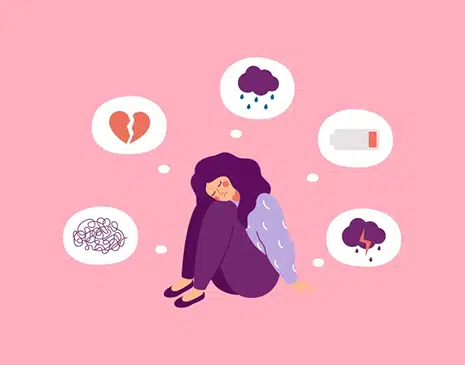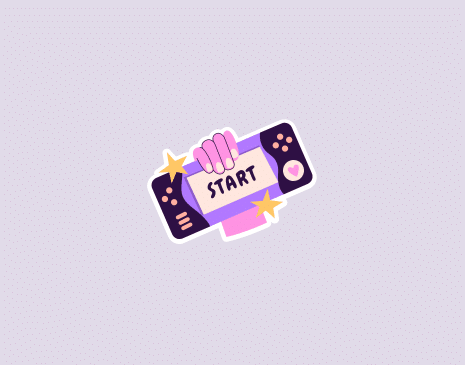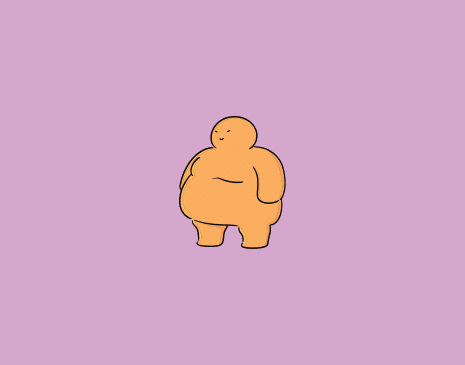The sweats, shakes, panic, tightening of the chest and racing heart. If you’re familiar with the symptoms of anxiety, you are not alone. At least one in three Australian women will experience anxiety during their lifetime.
But, not all anxiety is created equally. There’s normal anxiety; a short-term experience triggered by an event or situation that usually passes with time. Think; a job interview or public speaking. Then, there are anxiety disorders.
Anxiety disorders are a more severe form of anxiety characterised by symptoms that are frequent, persistent, and not necessarily anchored to an obvious event. For people with these disorders, anxiety is not just a short-lived feeling of worry of stress. It is a prolonged beckoning of symptoms that affects the way they think, feel, behave and live.
So, what are the types of anxiety disorders in women?
Generalised Anxiety Disorder (GAD)
Generalised anxiety disorder is a mental health condition characterised by excessive exaggerated anxiety that affects everyday life. Women with GAD may experience anxiety related to work, health, relationships, or social interactions. The anxiety may be so severe they often fear the worst-case scenario and blow situations out of control for no obvious reason.
Panic Disorder
Panic disorder is the term to describe panic attacks that are recurrent and disabling. Symptomatic features of a panic attack include pounding heart, accelerated heart rate, trembling, shortness of breath, chest pain or discomfort, light-headedness, feelings of being out of control, and nausea. Panic attacks can occur randomly or after being exposed to a trigger. They are known for coming on quickly and peaking within minutes.
Obsessive-Compulsive Disorder (OCD)
Obsessive-compulsive disorder is an anxiety disorder that can cause recurrent, unwanted thoughts and behaviours. People with OCD may exhibit behaviours of checking certain things, washing their hands, counting their actions, strategically organising items, cleaning their home or performing somewhat ritualistic behaviours to relieve themselves of obsessive thoughts. OCD affects close to 3% of people in Australia in their lifetime, and approximately 2% of people in a 12-month period.
Post-traumatic Stress Disorder (PTSD)
Post-traumatic stress disorder is a common anxiety disorder that occurs in people who have witnessed or experienced a traumatic event, such as a sudden death, serious accident, terrorist attack, war/combat, personal assault, natural disaster, or rape. PTSD is known to cause flashbacks, nightmares, stress, and anxiety related to a traumatic experience. Unfortunately, women are more likely to be affected by PTSD than men.
Social Anxiety Disorder (Social Phobia)
Social anxiety disorder is identified as a condition that can cause intense fear or anxiety in social situations. Often labelled with introvert traits, a person with social anxiety disorder may have an amplified fear of being judged, observed, criticised, rejected, or humiliated in a group or public setting. Symptoms include blushing, trembling, silence, accelerated heart rate, sweaty palms, tense muscles, dry throat, feelings of self-doubt or negative thoughts of making a fool of oneself.
This guide is designed to be informative and educational. It is not intended to provide specific medical advice or replace advice from your medical practitioner.













